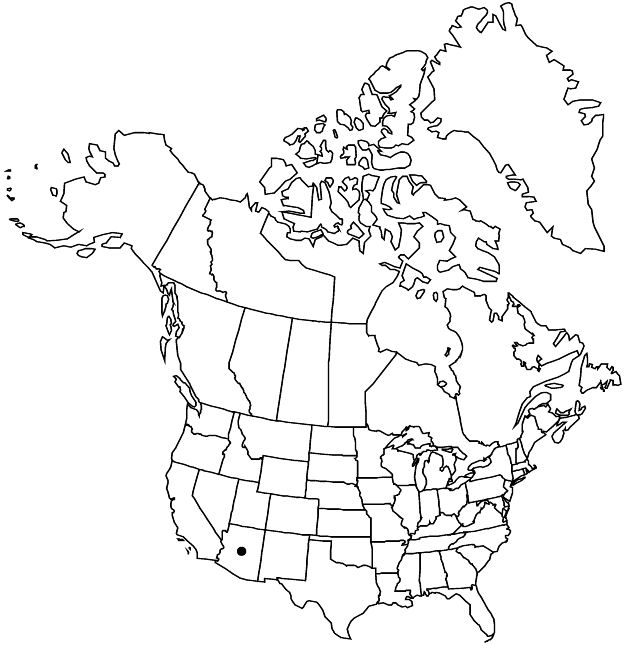Difference between revisions of "Anoda abutiloides"
Proc. Amer. Acad. Arts 22: 300. 1887.
FNA>Volume Importer |
FNA>Volume Importer |
(No difference)
| |
Revision as of 22:47, 16 December 2019
Subshrubs, branching principally in inflorescence, 1 m. Stems erect, with simple hairs 0.5–1 mm and shorter glandular hairs. Leaves: petiole subequal to blade or shorter upward, with simple hairs 0.5–1 mm and shorter glandular hairs; blade concolorous, broadly ovate, gradually reduced and narrower upward, to 12 cm, membranous, base cordate, margins dentate, apex acuminate, surfaces minutely tomentose. Inflorescences usually panicles. Pedicels 1–5 cm. Flowers: calyx 5–7 mm, lobes with dark midrib, apex ± acuminate, tomentose; petals pale yellow, drying reddish, 10 mm, prominently bearded on claw; staminal column with recurved hairs; style 5-branched; stigmas glabrous. Schizocarps 6 mm diam., minutely hairy; mericarps 5, dorsally rounded. Seeds without enclosing endocarp. 2n = 30.
Phenology: Flowering spring–fall.
Habitat: Dry, open shrublands
Elevation: 1000–1500 m
Distribution

Ariz., Mexico (Chihuahua, Jalisco, Sinaloa, Sonora).
Discussion
Anoda abutiloides is found in Pima and Santa Cruz counties.
Selected References
None.
